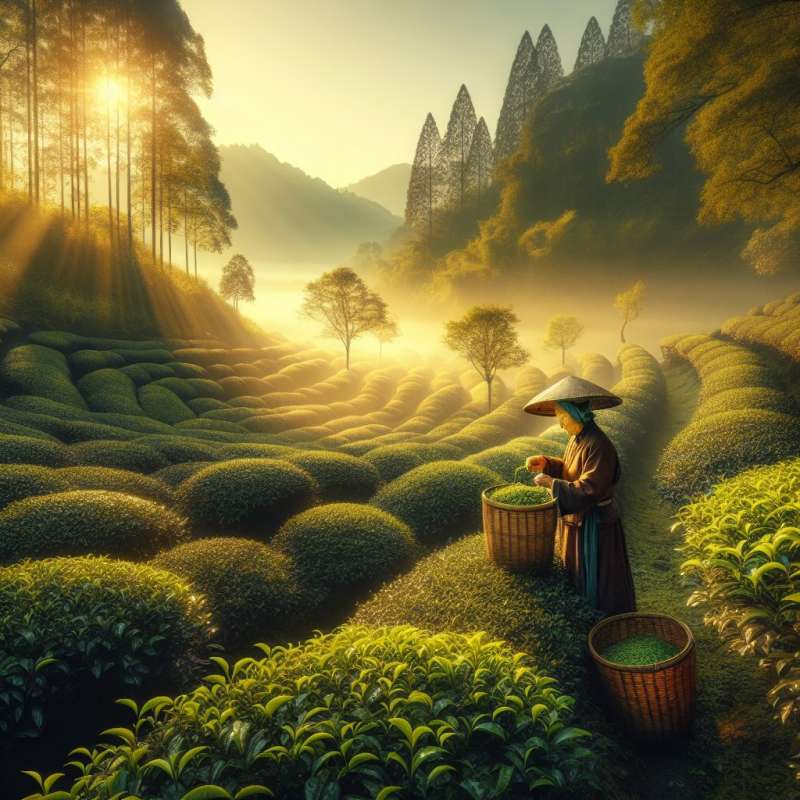
Tea: A Global History
Originating in China, tea has been consumed for thousands of years. It's the second most consumed beverage after water. The global tea trade began in the 16th century, transforming tea into a powerful commodity.
The Opium-Tea Swap
During the 19th century, Britain traded opium for Chinese tea, leading to the Opium Wars. This exchange had profound effects on China's economy and society and reshaped international trade laws.
Tea Clippers Race
The 19th-century tea clippers were fast sailing ships designed to carry tea from China to England quickly. The Great Tea Race of 1866 was a renowned event where ships competed to deliver tea first.
African Tea Emergence
Post WWII, African countries like Kenya, Malawi, and Uganda rose as key players in the tea trade, challenging traditional Asian markets. Their CTC (Crush, Tear, Curl) method revolutionized tea production and distribution.
Fair Trade Movement
Fair Trade certification began impacting the tea industry in the 1990s, ensuring fair prices, community development, and sustainable practices. This movement has improved conditions for tea workers worldwide.
Innovative Tea Formats
Today's market has expanded beyond loose leaf and bagged tea. Innovations include cold brew sachets, dissolvable tea drops, and fortified teas with vitamins or probiotics, catering to diverse consumer preferences.
Climate Change Effects
Climate change poses a significant threat to tea-growing regions. Changing weather patterns affect tea quality and yield. Producers are adapting with new cultivation techniques and diversifying crops to mitigate risks.Tea's Explosive Past
During WWII, tea bricks were used as explosives in covert operations. This unexpected use showcases tea's versatility beyond consumption.
Where did tea originate?
India
England
China
Company